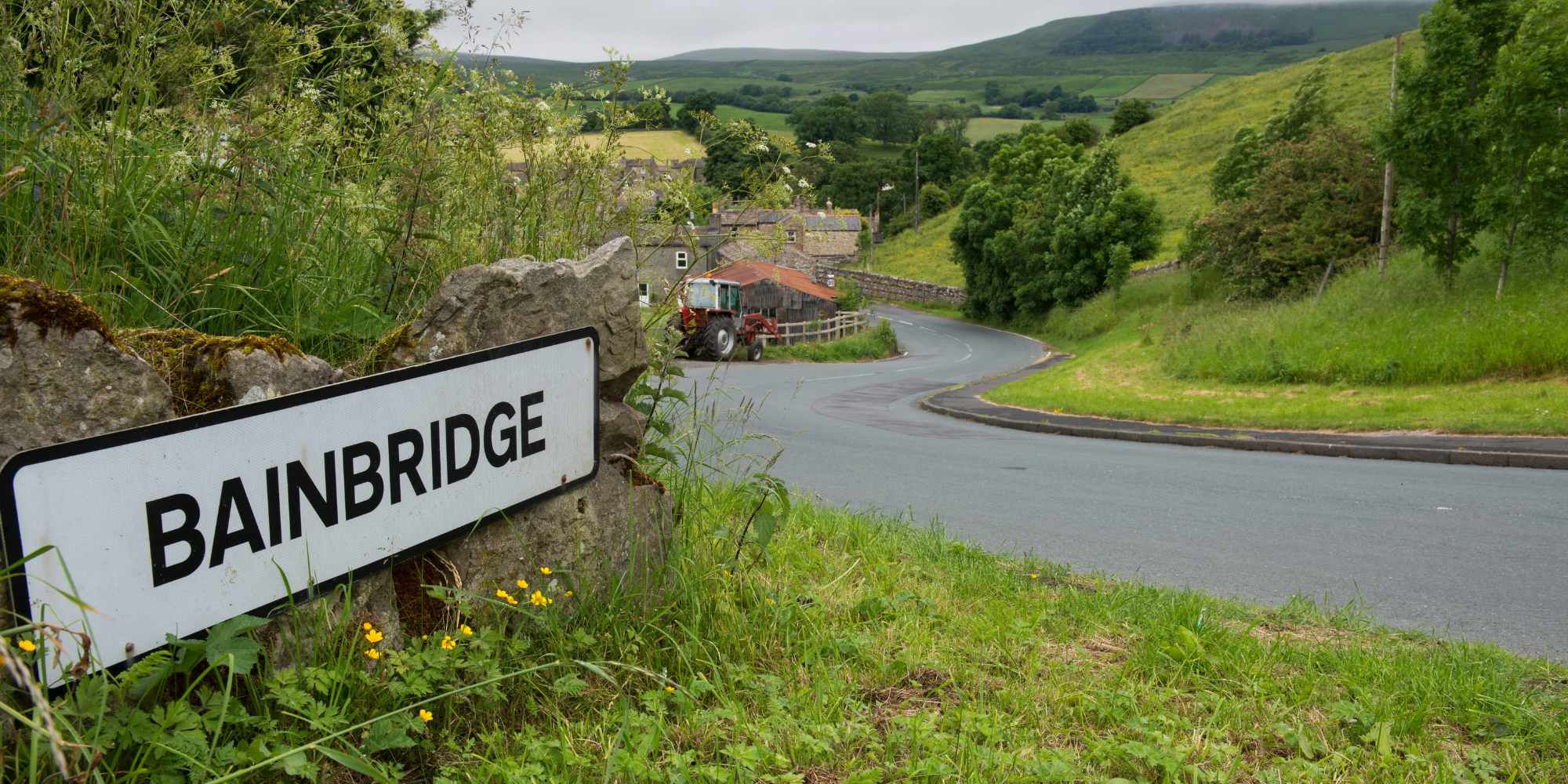Let’s dive into the rich history of pickleball, a sport beloved by many that masterfully combines elements of badminton, tennis, and table tennis. Its widespread popularity belies its humble beginnings as a backyard pastime.
This guide provides a comprehensive look into how a simple game invented to cure summertime boredom evolved into a global phenomenon, captivating players with its strategic depth and accessibility.
I. The Birth of Pickleball (1965): History of Pickleball Begins
A. Creation
The game of pickleball was invented in 1965 on Bainbridge Island, Washington, by Joel Pritchard, Bill Bell, and Barney McCallum. This trio of fathers aimed to create a game that their families could enjoy together, using a badminton court and whatever equipment they had on hand. This improvisation led to the creation of a sport that was immediately accessible yet challenging, fostering a quick spread among their community. The fire that is the history of pickleball was sparked!
B. Naming the Game
When thinking about the history of pickleball, one question that’s sure to come to mind is, “Where did Pickleball get its name?” The quirky name "Pickleball" has two potential origins, both reflecting the informal and fun spirit of the early days of the game. One story attributes it to Pickles, the Pritchard family’s cocker spaniel, who had a habit of running off with the ball. Another suggests it was named after the "pickle boat" in rowing, where oarsmen were chosen from the leftovers of other boats, much like the game itself was cobbled together from the elements of existing sports.
II. Early History of Pickleball: Development (1967-1984)
A. First Pickleball Tournament
Just a decade after the history of pickleball began, the first official pickleball tournament was held, in 1976. This marked the transition of pickleball from a backyard game to a competitive sport. The event, held in Washington, was pivotal in drawing attention to the structured competitive potential of pickleball, paving the way for its future formal recognition and organizational support.
B. Official Rulebook
The first official pickleball rulebook, published in 1984 by the newly formed USA Pickleball Association (USAPA), was a major milestone in the history of pickleball. It provided the necessary standardization to help transition the game from informal play to official leagues and tournaments, establishing a uniform set of rules that are still the basis for the game played today.
III. Expansion and Growth (1980s-1990s):
A. Spreading Across the USA
Throughout the 1980s and 1990s, pickleball began to spread beyond its initial locales, gaining traction in community centers, physical education programs, and among active senior communities. This period was crucial for the establishment of pickleball as a sport that could be played by anyone, anywhere, contributing to its reputation as a highly inclusive sport.
B. International Play
As pickleball gained popularity in the United States, it also began to find footholds internationally. By the late 1990s, countries around the world started forming their own pickleball associations, adapting the sport to their cultures and sporting traditions, which facilitated its growth on a global scale.
IV. The 21st Century Boom:
A. Exponential Growth
The 21st century has seen a meteoric rise in pickleball’s popularity, with thousands of courts being built across the USA and an official player base that has grown exponentially. The sport's appeal to a wide demographic, easy-to-learn rules, and minimal equipment requirements have contributed to its widespread adoption.
B. Professional Players and Tournaments
The emergence of professional pickleball players and the establishment of international tournaments have significantly raised the profile of the sport. These developments in the history of pickleball have not only provided a platform for showcasing elite-level play but also added a new level of excitement and professionalism to the sport.
V. The Current Landscape (2020s):
A. Continued Global Expansion
Today, pickleball continues its expansion globally, with millions of players and fans worldwide. The sport's ability to bridge generations and provide a competitive yet fun atmosphere is a key factor in its ongoing popularity.
B. Technological Advances
Advancements in technology have also played a significant role in modernizing pickleball. From improved paddle designs to advanced court surfaces, technological innovations continue to enhance the player experience and accessibility of the sport.
C. Media Attention
With increased media attention, pickleball has begun to secure a place in the mainstream sports landscape. Coverage in sports media and feature stories in major outlets have introduced the sport to a broader audience, ensuring its place in the spotlight and fostering continued interest and growth.
VI. Looking Ahead: The Future of Pickleball
As we look towards the future, the history of pickleball stands as a testament to the sport's enduring appeal and adaptability. From its modest inception to its status as a globally recognized sport, pickleball continues to attract new enthusiasts and evolve with the times. Its blend of fun, strategic depth, and community spirit ensures that it will remain a beloved pastime for generations to come.



